#Princesse Lamballe
Text

The condemnation of the princesse de Lamballe by Louise Adélaïde Desnos, 1846.
175 notes
·
View notes
Text

The Princesse de Lamballe and the pelican feeding blood to its children

#history#french history#history art#madame lamballe#princess de lamballe#frev#french revolution#robespierre#marie antoinette
119 notes
·
View notes
Photo





MARIE ANTOINETTE, PRINCESSE DE LAMBALLE, AND GABRIELLE DE POLIGNAC 💗
"… I bring bad luck to all, what you suffer is my fault." — Marie Antoinette to the duchesse de Polignac, 1789
Her sickly melancholy, that kind of neurasthenia and fierce, secret despair, never left her. She fainted very often, suffering from pathological nervousness and her own fragility. She could not bear the sight of a bouquet of violets, even painted on a canvas, without falling as though dead, and then only the most powerful salts slowly brought her back to life. At court, she submitted to the crown of roses held in place by bunches of ribbons in her abundant golden hair, but she was as if deprived of herself at Versailles, her milky skin taking on an almost deathly pallor. Her pale blue eyes were flecked with gold spangles which gave her that air of expressionless strangeness. This sincerity of soul, this naivety, lived in a time when fashion was corruption and debauchery. But it is when she was far from the poses and gazes of the Court that she regained her childlike grace; she was again Marie la fou. — Alain Vircondelet on PRINCESSE DE LAMBALLE
She was, quite simply, the most spectacular social climber of her century and the trick behind her success was that she hid it so well. She made it look effortless. Gorgeous, self-centred and wilfully isolated, Gabrielle became the historical poster girl for what had been wrong with a gorgeous, isolated, out-of-touch monarchy. Her lilac-coloured eyes, alabaster skin, youthfulness, pearly straight white teeth and brunette hair combined to make her a devastatingly beautiful young woman. It was the first thing anyone commented on when describing her and the only thing they all seemed to agree upon. The Duc de Lévis rather nastily remarked that her beauty had ruined her; she had come to rely solely on it and she therefore had no other personality, no other interests, beyond simply being beautiful. How she would have coped without her looks, we shall never know. She died before they had begun to fade. — Gareth Russell on GABRIELLE DE POLIGNAC
"What a dreadful word — goodbye." — Marie Antoinette in a letter to the duchesse de Polignac, 1789
#just gals being pals#historicwomendaily#marieantoinetteedit#marie antoinette#princesse de lamballe#gabrielle de polignac#historyedit#history#*
242 notes
·
View notes
Text
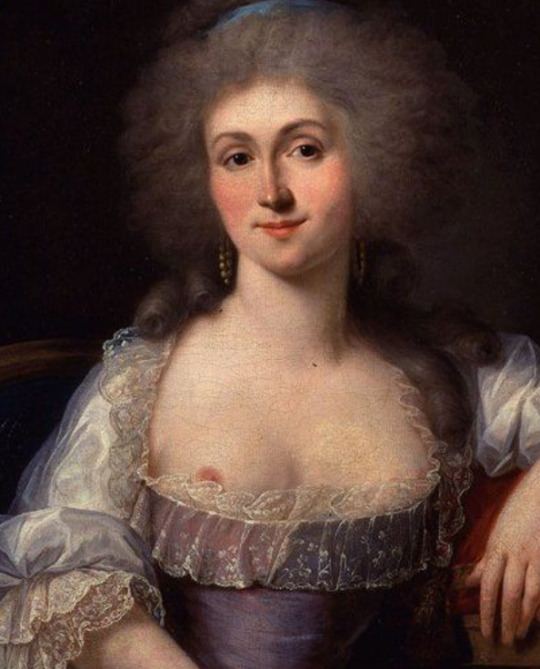
Portrait of Marie Thérèse (c. 1775) by Joseph Duplessis
Marie Thérèse Louise of Savoy, Princesse de Lamballe, was a confidante of Queen Marie Antoinette. As one of Marie Antoinette's favorites and as the Superintendent of the Queen's Household, she held significant influence at court.
Maria Thérèse was described as proud and sensitive. Despite her ability to amuse the queen, she was introverted and often preferred solitary moments with Marie Antoinette over participating in high society. She struggled with health issues, experiencing "nerves, convulsions, fainting-fits," and reportedly could faint, remaining unconscious for hours.
She remained loyal to Marie Antoinette during the French Revolution, even though it ultimately cost her head. Maria Thérèse was killed and beheaded by the crowd during the September Massacre in 1792.
(more info)
#Marie Thérèse Louise of Savoy#Princesse de Lamballe#French Revolution#Joseph Duplessis#portrait#art#painting#Miss Cromwell#Marie Antoinette#why did he paint her like that#I don't get it
43 notes
·
View notes
Text

Once peace was signed Antoinette again saw her English friends, including Georgiana and her mother Lady Spencer. One day they were arguing about the most refined English word for culottes.
'Small clothes’ said Lady Spencer decisively.
‘But the dictionary gives "breeches",’ objected Antoinette.
‘Not a polite word. But you can say "inexpressibles"?’
'I like that better.'
In came the Duke of Dorset, Edward Dillon and several other Englishmen; as they were going to the King's hunt, they wore new, rather loud buckskin breeches. Antoinette decided to try the new word, and came out with:
‘I do not like dem yellow irresistibles.’
The Princesse de Lamballe, who tells the story, says that Lady Spencer nearly fainted, but that she and the Queen laughed till the tears ran down their cheeks.
14 notes
·
View notes
Text
Me: yeah I'm mentally stable
Also me: *literally cries after thinking about the Princess de Lamballe for too long*
#frev#frevblr#princess de lamballe#french revolution#history memes#french history memes#no seriously go research her#her death is heartbreaking#marie thérèse louise of savoy#marie antoinette#frev shitposting#i love her sm aaa#ik its bad but im rlly into the frev monarchs and aristocrats n shit#sorry Figaro :(
19 notes
·
View notes
Text

Léon Maxime Faivre - Death of the Princess de Lamballe, 1908.
>> Similar
15 notes
·
View notes
Text

“Princess de Lamballe and Grand Duchess Elisabeth Feodorovna had so many similarities. They both affliated with the royal family (which was hated by the French and Russian people at the time), but they were actually kind-hearted, generous, and the very important thing—INNOCENT. But they ended in a very tragic and inhumane way, even more tragic than The King and Queen/Tsar and Tsarina themselves, they are the true victims of politic.” - Submitted by Anonymous
20 notes
·
View notes
Photo
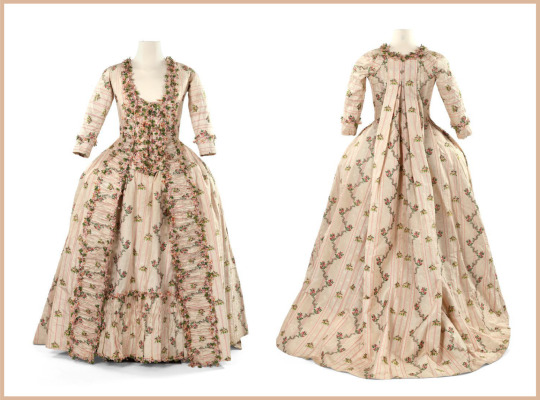



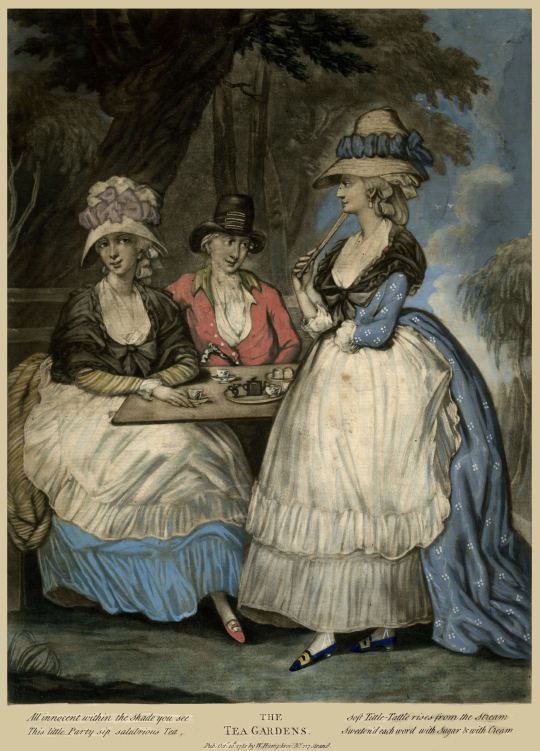




Some more 1780s big hair fashion -
Top left ca. 1780 Robe à la française (location ?). From fripperiesandfobs.tumblr.com-page/2 1548X1146.
Top right ca. 1780 Robe à l'anglaise (Museo de la Moda - Santiago, Chile). From 18thcenturylove.tumblr.com-tagged-robe+a+l'anglaise-page-2 1678X1250.
Second row ca. 1780 Four views of robe à la Polonaise (Metropolitan Museum of Art - New York City, New York, USA). From their Web site 2893X1315.
Third row ca. 1780 Robe à la Polonaise (Metropolitan Museum of Art - New York City, New York, USA). From their Web site 900X1200.
Fourth row 1781 The Tea Garden by ? (British Museum - London, UK). From their Web site 3968X5518.
Fifth row 1781 (probable exh' date) Adélaïde Genet, Madame Auguié (1758-1794), sister of Mme. Campan by Anne Vallayer-Coster (Sotheby's - 8Jul09 auction Lot 41). From their Web site; fixed spots w Pshop 3428X4290.
Sixth row 1781 Ernestine Fredérique, Princess de Croy by Élisabeth-Louise Vigée-Lebrun (Nationalmuseum - Stockholm, Sweden). From Wikimedia 1067X1349.
Seventh row 1783 Madame Charles Mitoire, née Christine-Geneviève Bron (1760-1842), avec ses enfants by Adélaïde Labille-Guiard (Getty Museum - Los Angeles, California, USA). From their Web site; fixed spots & edges w Pshop 2332X2965
Eighth row ca. 1785 Princesse de Lamballe by French school (location ?). From servimg.com-view-18669219-6356 812X973.
#1780s fashion#Louis XVI fashion#Georgian fashion#Rococo fashion#robe à la française#robe à l'anglaise#robe à la polonaise#hat#hat ribbons#apron#over-skirt#Adélaïde Genet#Anne Vallayer-Coster#Princess de Croy#Adélaïde Labille-Guiard#nursing dress#Élisabeth-Louise Vigée-Lebrun#princess de Lamballe#bouffant coiffure#fichu#zone bodice
61 notes
·
View notes
Text

Death of the Princess de Lamballe (1908) | Léon-Maxime Faivre
36 notes
·
View notes
Text
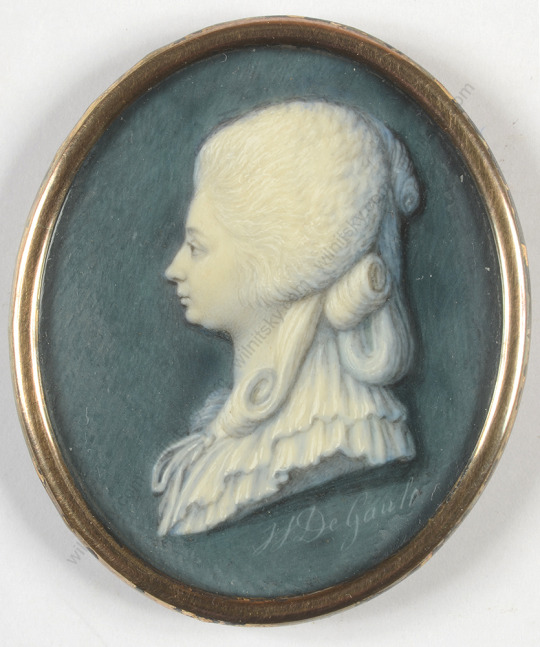
Miniature of the Princesse de Lamballe.
#princesse de lamballe#marie therese louise of savoy#18th century#18th century art#miniature#long live the queue
26 notes
·
View notes
Text

An engraving of the princesse de Lamballe. Source: Rijksmuseum.
41 notes
·
View notes
Text
Princess de Lamballe was called the Angel of Penthievre, Antoine Saint-Just — the Archangel of Death. And both of these characteristics wanted to be drawn on the same art.
Therefore, for your attention, two winged and torn to pieces by the revolution and for the revolution:
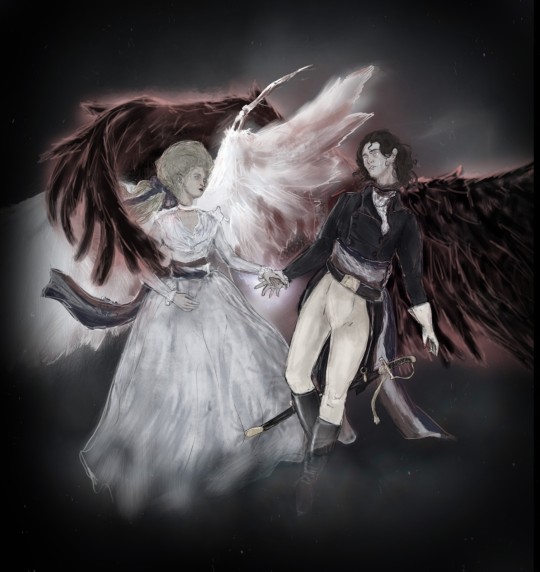
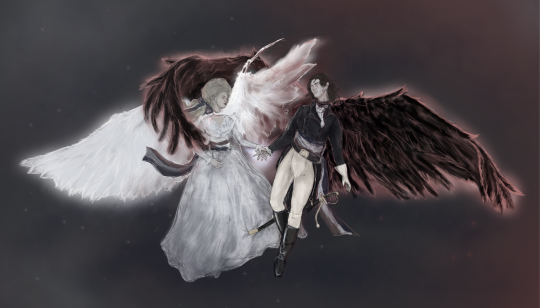
Another variation. Already wingless, but still headless:
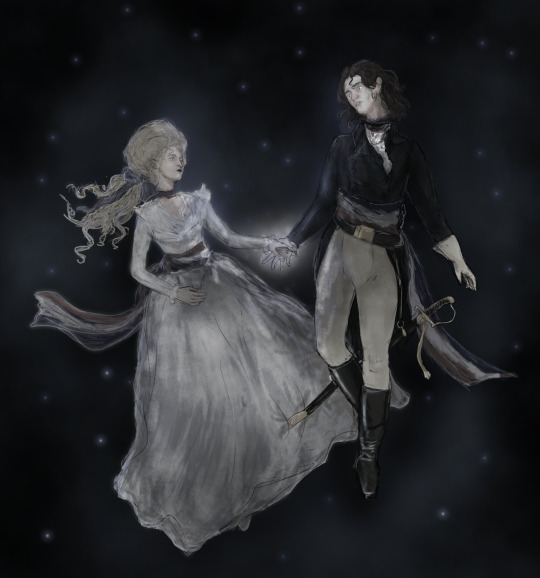
#history#french history#history art#french revolution#antoine saint just#saint just#madame lamballe#princess de lamballe#lamballe#robespierre#artists on tumblr#digital art#art
84 notes
·
View notes
Text

Portrait of the Marie Thérèse Louise of Savoy, Princesse de Lamballe
Oil on Canvas
Antoine-François Callet, c. 1776.
#art#history#antoine-françois callet#princess of lamballe#france#french history#europe#european history
5 notes
·
View notes
Text
MARIE THERESE LOUISE OF SAVOY, PRINCESSE DE LAMBALLE
MARIE THERESE LOUISE OF SAVOY, PRINCESSE DE LAMBALLE
8 September 1749 – 3 September 1792
Marie Antoinette’s friend who was murdered by a mob during the French revolution.
Marie Thérèse Lamballe was aged 17 when she married Louis Alexandre, her husband died in 1768, and she was left a wealthy widow. In 1770, Marie Antoinette came to France and Lamballe worked for her as lady-in-waiting and two became good friends. In 1775, Louis XVI and Marie Antoinette became king and queen.
Lambelle was able to make the queen laugh and would organise entertainment for her. Lambelle was described as proud, sensitive, and a recluse. The public hated Lambelle, due to her wealth as well as her friendship with the queen.
When the French Revolution started the royal family, and their close allies were in danger. The queen warned Lambelle to leave France for safety, Lambelle went overseas and kept in contact with the queen via mail. Lambelle out of loyalty, returned to the queen’s side and was with the royal family in 1792, when the mob broke into the royal palace. The revolutionists took Lambelle and the royal family as prisoners in the Temple. Lambelle was separated from the queen, and she would never see her friend again.
Lambelle, aged 42, stood before a tribunal who would judge her whether she should be executed or not. She swore to liberty and equality but said ‘it is not in my heart’ to swear hatred to the king, queen or the monarchy. She was found guilty and was to be executed by a mob who was waiting for her outside.
She was taken to the streets, when the door was opened, she saw bloody dead bodies laying about in the yard, she fell back in shock. One member of the mob grabbed her and pulled her out, one described her as a ‘little lady dressed in white’. She was struck on her head by a pike, she was then hit on her forehead when she started to bleed and then the mob stabbed her to death.
They decapitated her head and placed it on top of a pike and paraded it through the streets. They walked past a café and screamed out for the public to drink in celebration of her death. They then took her head to the Temple, where the queen was imprisoned. The mob took her head to the window; however, the royal family weren’t there at a time. They heard a scream, they thought it was the queen, however, it was the wife of the prison official. The mob wanted to go inside the Temple, so the queen could ‘kiss the lips of her favourite’, but the prison official refused to let them in.
When the mob became tired of parading her head, they left her head outside an alehouse which was then interred at a cemetery. Her body was left in the street and was later placed onto a wagon, where it ended up is unknown. When the queen was told what happened to her friend, she fainted.

mariethereselouiseofsavoy #mariethereselouiseofsavoyprincessdelamballe #princessedelamballe #marieantoinette #frenchrevolution
#marie therese louise of savoy#marie therese louise of savoy princesse de lamballe#princess de lamballe#marie antoinette#french revolution
2 notes
·
View notes
Text

Léon-Maxime Faivre - Death of the Princess de Lamballe, 1908.
15 notes
·
View notes